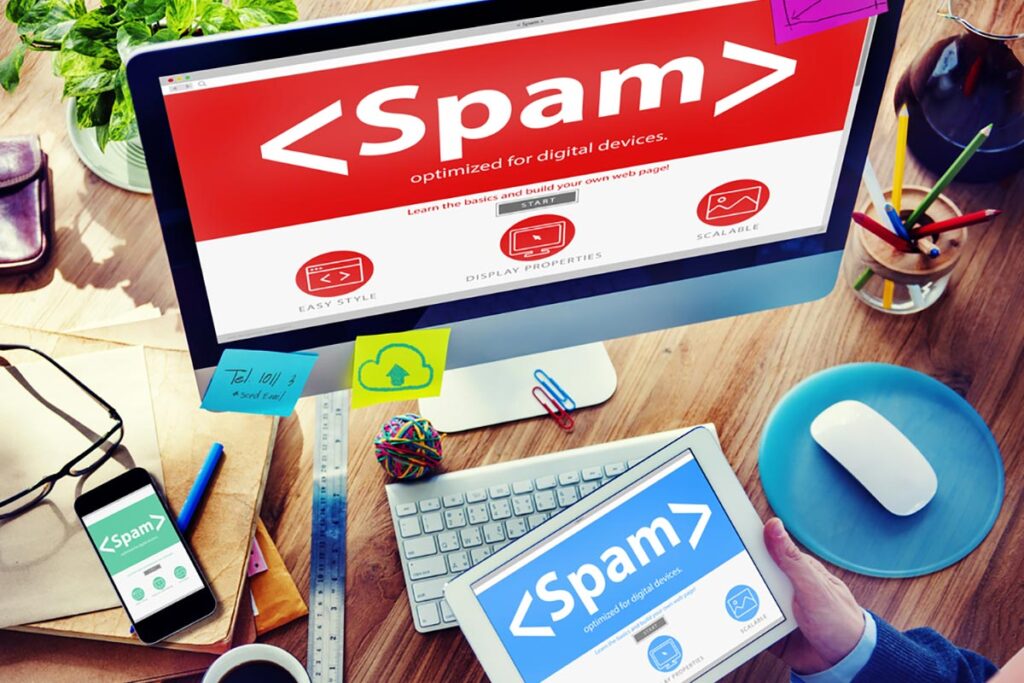Tip 2: Check your content
In the last post in this series, we mentioned the importance of getting it right when it comes to the subject line of your email in a marketing campaign. After all, it’s the first thing that someone sees and might make or break their decision on whether to open it or just hit delete.
But once you’ve peaked their interest and skipped past the watchful eye of the spam filter, as a marketer, how can you be sure that the content you’re actually putting in the email will firstly pass the spam test and secondly keep your intended audience reading to the end?
The best material that you can put out there as a marketer today is something which is useful, relevant and informative to your target audience. Not only will this give you every chance of reaching them, but it will also avoid you being reported as spam.
So what else can you do with your content?
- Don’t pack it tight with keywords. Imagine that you’re talking to a real person and if you were, this would be more natural and casual than if you were addressing a robot. In the same way that the use of too many keywords will get you a poor Google ranking, it’s also likely to flag up some warning signs for spam filters too.
- Try your best to ensure you know the audience you are writing to. This way you can give them content that they want to receive, even if you don’t know them personally. So avoid buying random lists to send your emails to.
- Keep your email lists up to date and avoid as many bounces as possible, which might come from old email addresses which are no longer in use, for example. Too many bounces can lead internet service providers to block your emails.
- Check your spelling and avoid use of capitals (which sound like you’re shouting) and tons of exclamation marks which look ridiculous. These are some of the most irritating things people have reported in an email and are also another spam trigger.
- Don’t include attachments – not only can large attachments not get through at times and be highly annoying, they can also be a spam trigger. Instead upload it to your website and include a link in your email.
- Carefully choose the wording you use. As with the subject line, if you use words that sound like a cold sales pitch, then chances are that’s what it will appear as to a spam filter and the reader (who might delete it instantly at best or report it at worst).
- Keep your message consistent with your brand identity, so that you are more recognisable as a marketer that the recipient will want to receive emails from.
- Remain clear and uncomplicated in your copy – this way it’s easy to discover, understand and digest straight away, promoting engagement with your audience.
All in all, content in any email marketing campaign should be interesting and informative to the reader who you wish to engage with. Ensure your marketing list is relevant and your content likely to be found useful and you’re easily halfway there. Looking for a marketing agency to help with your email marketing? Pop us over an email as we would love to help.
